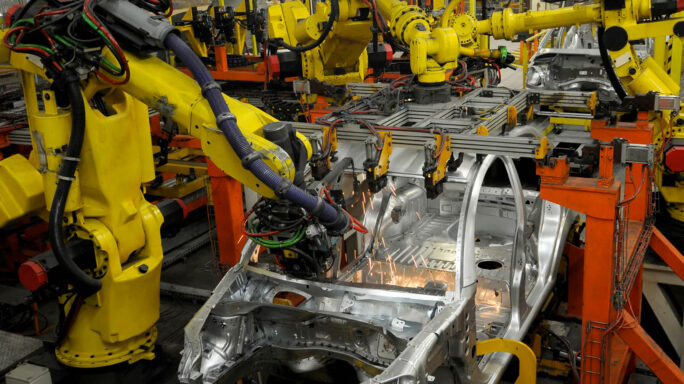Business process
Guide to choosing the right ERP software
Discover the 5 critical factors to consider when choosing an ERP in 2019.

Enterprise resource planning or ERP is the integration and streamlining of key business processes and functions, from finance, personnel management, and manufacturing to supply chain, customer relationship management, and procurement.
Getting the timing right for an ERP software upgrade or deployment is vital to business success in a world where process automation delivers numerous competitive advantages, including profitability and operational efficiency.
Chances are you need to deploy ERP software if your legacy systems do not provide the scalability necessary to support consistent business growth. The need for real-time, enterprise-wide data visibility, collection, and analysis is also compelling companies to review their ERP solutions and upgrade to robust platforms that underpin informed decision making. Also, consider advanced ERP system integration if you are using multiple incompatible and disparate software solutions to manage core operational processes, which make it difficult for staff across various business units to collaborate on workflows and data.
eBook: Streamline your business operational process
Discover how 3 technology trends can help you overcome today’s top 4 manufacturing industry challenges.

When it comes to choosing the right ERP software, what worked in 2018 may not necessarily work in 2019 because ERP challenges in business are constantly evolving. For example, most companies are no longer able to differentiate competitively without integrating artificial intelligence (AI) into ERP to extract powerful customer, market, or supply chain analytics.
Here are critical factors for choosing the right ERP technology in 2019:
Infrastructure
Choose the best ERP architecture for your budget and business processes. Some essential considerations include:
Cloud: Hosting your ERP in the cloud provides full-time access to system resources, and it enhances real-time collaborations. It also supports mobility.
Deployment options: A third-party service or Amazon Web Services may host your ERP platform. Alternatively, you may deploy the technology on-premises along with pre-existing software.
Security: Consider the physical and digital security of your ERP system and data. Features such as Single Sign-On user authentication and HTTPS encryption are vital for optimal cybersecurity.
Integrations
Integration is essential to the attainment of agility, growth, and efficiency in today’s highly connected business environment. So pick ERP software that buttresses your business backend management infrastructure. It has to integrate seamlessly with the digital resources that your employees require and are using every day.
ERP technology enhances the sharing of digital resources among business-critical stakeholders, such as customers, suppliers, and manufacturers. It delivers a highly-integrated ecosystem of easier-to-deploy and cheaper digital platforms that boost the efficiencies of multiple business functions, according to Sage Asia Pacific Executive Vice President, Kerry Agiasotis.
Artificial Intelligence
Incorporation of AI into ERP in business enhances the autonomous recognition of trends and automation of core everyday workflows. For example, manufacturers are increasingly using machine learning to predict demand automatically, plan the procurement of raw materials, and schedule production runs. Always keep AI in mind when choosing an ERP solution. It can help drive operational efficiency and competitiveness by minimising human involvement in day-to-day business processes and decision making.
Choose a Reputable Vendor
Select an ERP software vendor with a solid reputation for developing robust and scalable technology for diverse business and industrial applications. Their product should be capable of streamlining and integrating your finance, payroll, payment systems, procurement, HR, CRM, and other mission-critical business functions. Also, a vendor offering digital resources on a global scale, including the cloud, data centres, and multiple availability zones, guarantees the mobility, reliability, and operational continuity of your ERP system.
Define Your Requirements Meticulously
Define your ERP requirements and identify the enterprise processes/functions that you need to digitalise and integrate. Are you looking to streamline cash flow, automate tasks, or improve customer relationship management? What are your software integration specifications, server requirements, or remote access needs?
Be sure to identify an ERP implementation partner with the right experience and expertise for your industry. They should refer you to current clients you may contact right away.
Conclusion
When choosing up-to-date ERP software in 2019, it’s critical to consider the business challenges you’re facing today. Think about the underlying ERP architecture, necessary process integrations for your specific business environment, and deployment options that suit your budget and operations. Pick a smart product with AI capabilities, and ascertain that your vendor and implementation partner are reputable. Equally important, be sure to define your ERP requirements meticulously.
eBook: Overcome your distribution management challenges
Discover how embracing 4 critical technology trends can help your organisation gain better visibility, control, efficiency and solve the distribution challenges of tomorrow.






